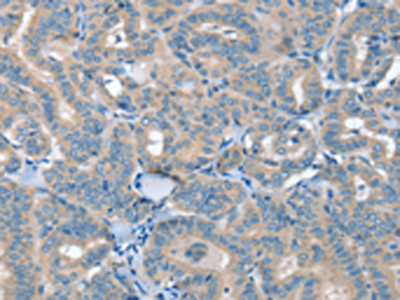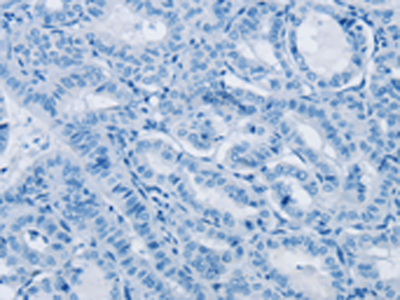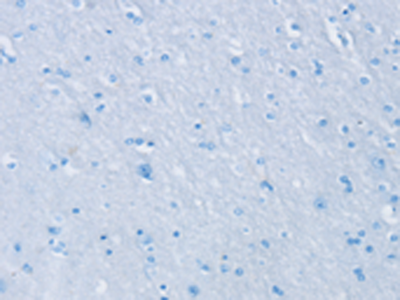| Cat.#: S220891 |
| Product Name: Anti-SELENON Rabbit Polyclonal Antibody |
| Synonyms: RSS; CFTD; SELN; MDRS1; RSMD1; SEPN1 |
| UNIPROT ID: Q9NZV5 (Gene Accession – NP_065184 ) |
| Background: This gene encodes a glycoprotein that is localized in the endoplasmic reticulum. It plays an important role in cell protection against oxidative stress, and in the regulation of redox-related calcium homeostasis. Mutations in this gene are associated with early onset muscle disorders, referred to as SEPN1-related myopathy. SEPN1-related myopathy consists of 4 autosomal recessive disorders, originally thought to be separate entities: rigid spine muscular dystrophy (RSMD1), the classical form of multiminicore disease, desmin related myopathy with Mallory-body like inclusions, and congenital fiber-type disproportion (CFTD). This protein is a selenoprotein, containing the rare amino acid selenocysteine (Sec). Sec is encoded by the UGA codon, which normally signals translation termination. The 3′ UTRs of selenoprotein mRNAs contain a conserved stem-loop structure, designated the Sec insertion sequence (SECIS) element, that is necessary for the recognition of UGA as a Sec codon, rather than as a stop signal. A second stop-codon redefinition element (SRE) adjacent to the UGA codon has been identified in this gene (PMID:15791204). SRE is a phylogenetically conserved stem-loop structure that stimulates readthrough at the UGA codon, and augments the Sec insertion efficiency by SECIS. Alternatively spliced transcript variants have been found for this gene. [provided by RefSeq, Dec 2016] |
| Immunogen: Synthetic peptide of human SELENON |
| Applications: ELISA, WB, IHC |
| Recommended Dilutions: IHC: 25-100;WB: 200-1000;ELISA: 1000-2000 |
| Host Species: Rabbit |
| Clonality: Rabbit Polyclonal |
| Isotype: Immunogen-specific rabbit IgG |
| Purification: Antigen affinity purification |
| Species Reactivity: Human |
| Constituents: PBS (without Mg2+ and Ca2+), pH 7.4, 150 mM NaCl, 0.05% Sodium Azide and 40% glycerol |
| Research Areas: Metabolism |
| Storage & Shipping: Store at -20°C. Avoid repeated freezing and thawing |

Immunohistochemistry analysis of paraffin embedded Human thyroid cancer tissue using 220891(SELENON Antibody) at a dilution of 1/20(Cytoplasm). | 
In comparision with the IHC on the left, the same paraffin-embedded Human thyroid cancer tissue is first treated with the synthetic peptide and then with 220891(Anti-SELENON Antibody) at dilution 1/20. | 
The image on the left is immunohistochemistry of paraffin-embedded Human brain tissue using 220891(Anti-SELENON Antibody) at a dilution of 1/20. | 
In comparision with the IHC on the left, the same paraffin-embedded Human brain tissue is first treated with synthetic peptide and then with D262179(Anti-SELENON Antibody) at dilution 1/20. | 
Gel: 8%SDS-PAGE, Lysate: 40 μg;
Lane: A172 cells;
Primary antibody: 220891(SELENON Antibody) at dilution 1/200;
Secondary antibody: Goat anti rabbit IgG at 1/8000 dilution;
Exposure time: 10 minutes | |
|















